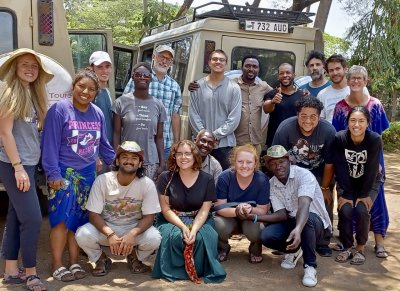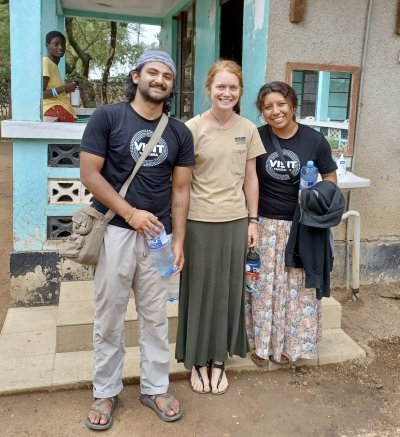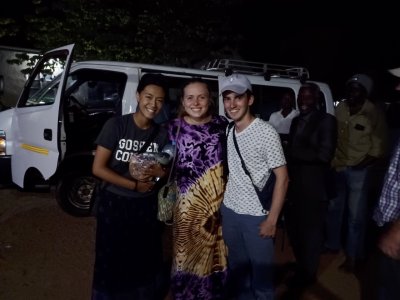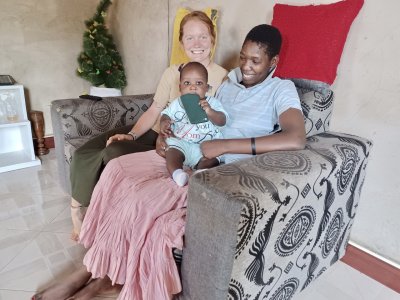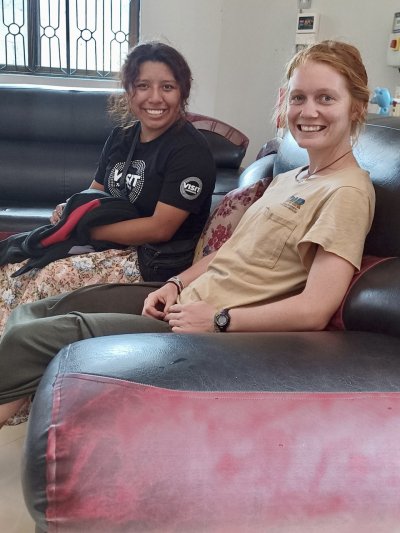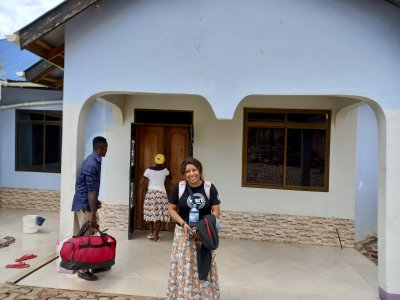Safari: Arusha, Ngorongoro, Serengeti, Ikoma, Musoma!
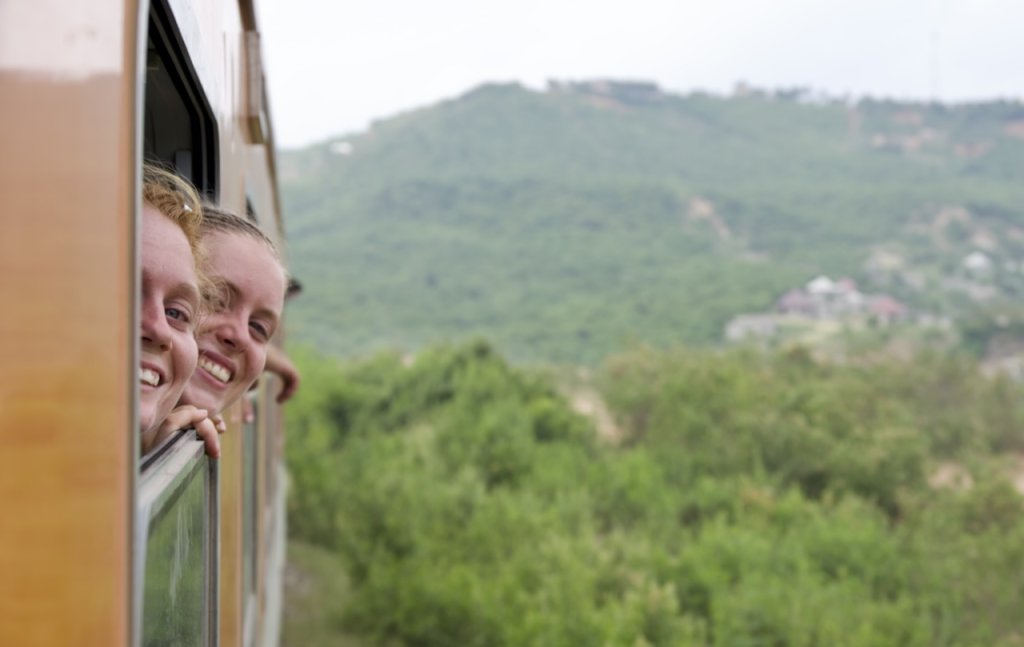
Monday Feb. 20 – Train from Dar to Arusha
This will be a lifelong memory…. taking the train from Dar to Arusha took about 20 hours. The best part is that it included a night in bed being rocked to sleep in the sleeper cars. However, we were not prepared for a middle of the night dust storm that filled our rooms with a thick cover of red dust.
Tuesday Feb. 21 – Arusha: MCC and Linking Conservation & Development
We arrived around 11:00 a.m. in Arusha and I am sure we left a cloud of dust behind us wherever we walked! We checked into our hotel – Meru House Inn – and took a needed shower while waiting for lunch. In the afternoon we met a variety of NGO’s working in Tanzania, all hosted at the OWSL (One World Sustainable Livelihoods) offices. We had presentations from Honeyguide – an organization working to support local communities via carbon markets, OWSL who supports the Datooga tribe with trainings in sustainable agriculture, and MCC (Mennonite Central Committee) who is one of the supporting agencies for OWSL. Anne Marie Stoner-Eby, East African representative for MCC, told us about MCC’s work in peace-building and sustainability. We also learned about MCC’s SALT program directly from Ariana Perez-Diener (a GC grad and TZ-SST participating in 2020!) and MCC’s YAMEN program was explained by Eve, who is currently serving in Nairobi.
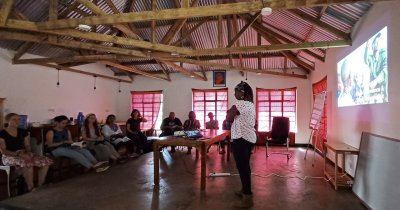
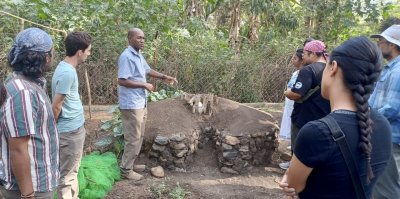
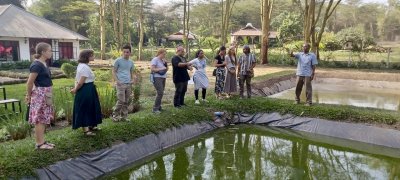
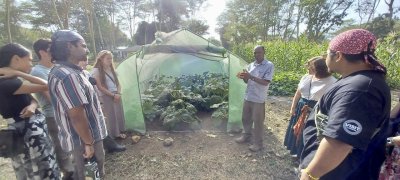
Wednesday Feb. 22 – Ngorongoro Conservation Area
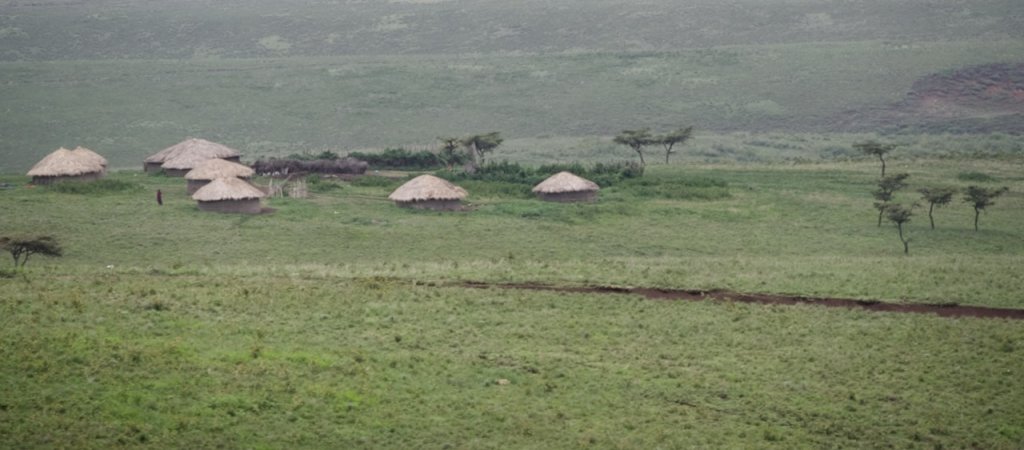
Entering Ngorongoro Conservation Area (NCA) was stunning. The wildlife was abundant and entering the crater to see the wildlife on the bottom was a highlight for many. The NCA has historically been a wildlife management area in which the government allows Masai communities to live and tend livestock (although not in the crater.) In the past year, however, the government decided to evict these communities, citing excessive pressure on the land due to a rising human population. Part of our academic work was to discuss this issue and address the inherent complexities.
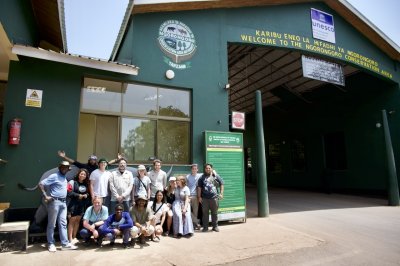
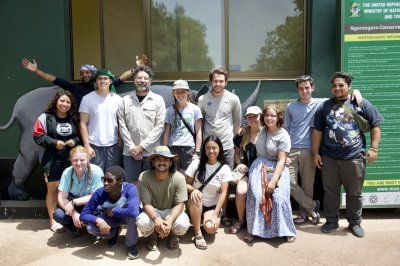
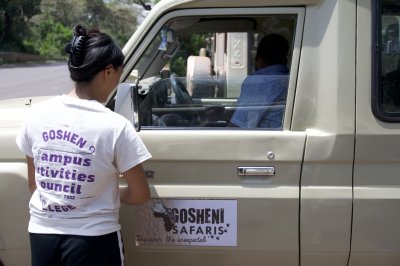
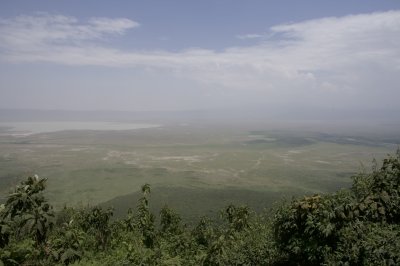
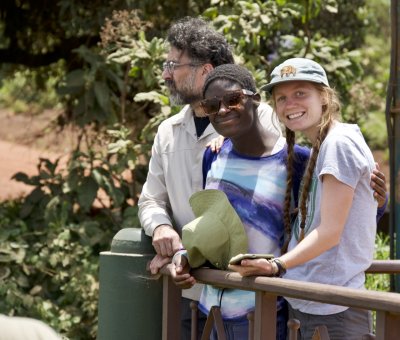
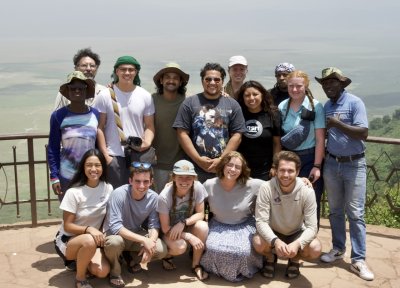
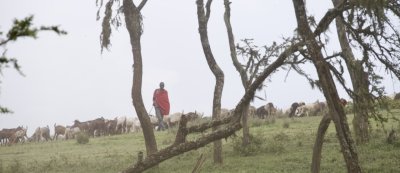
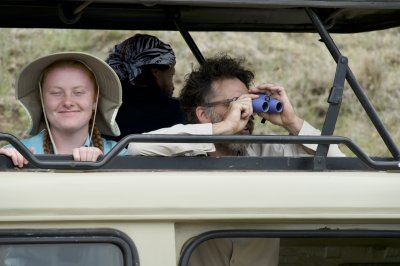
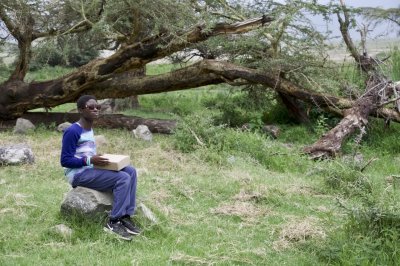
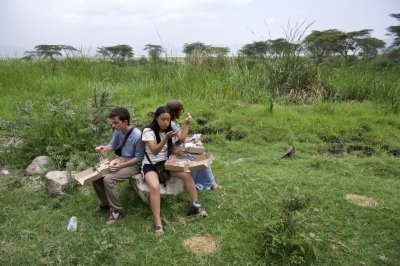

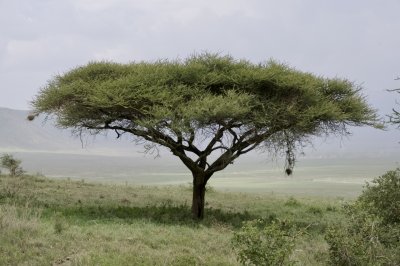
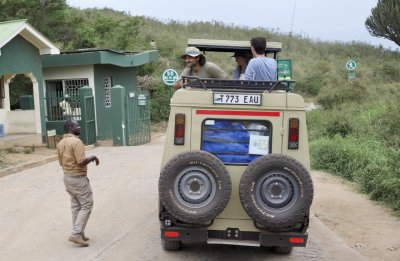
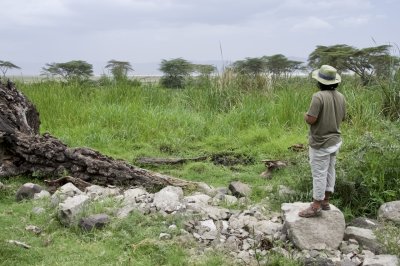
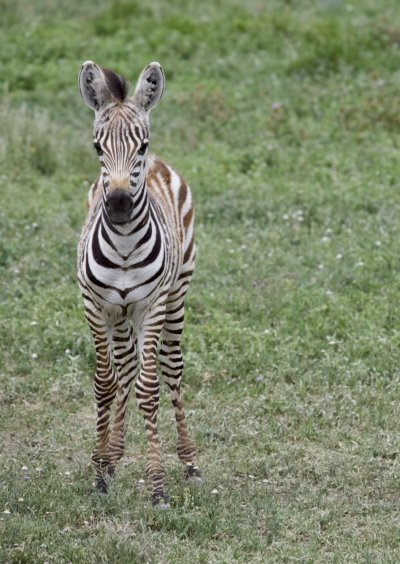
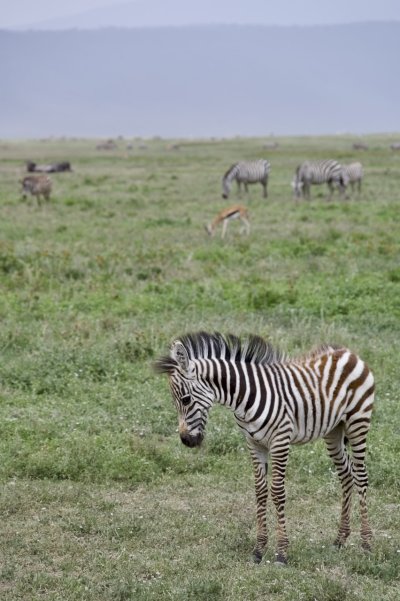
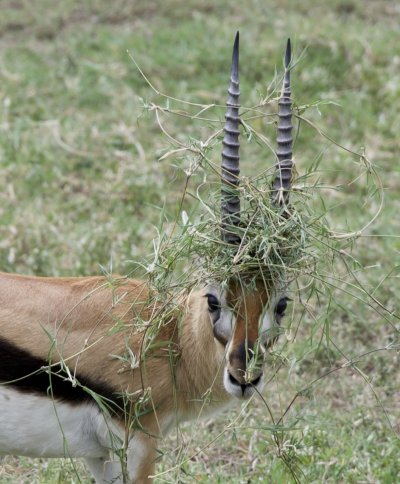
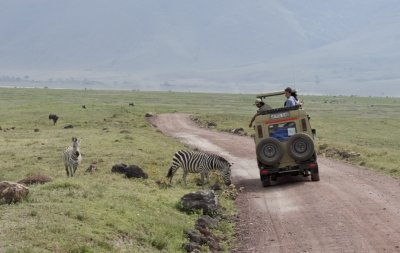
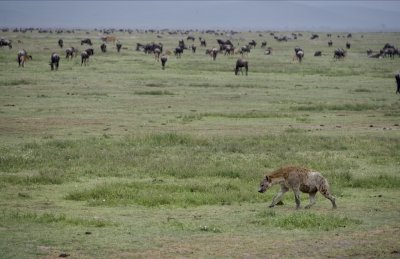

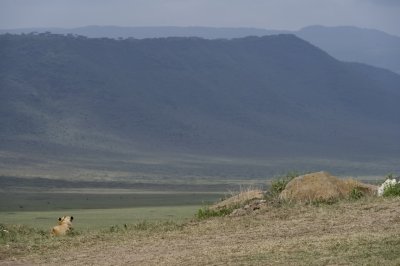
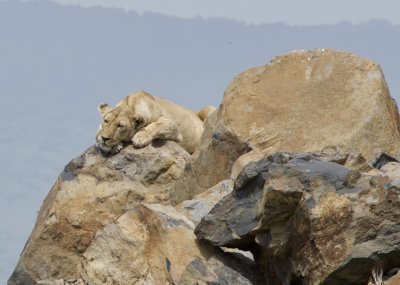
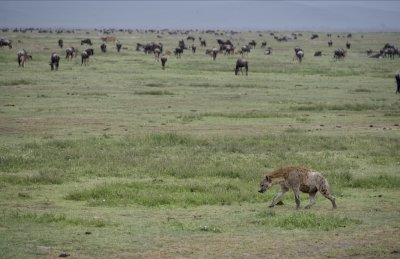
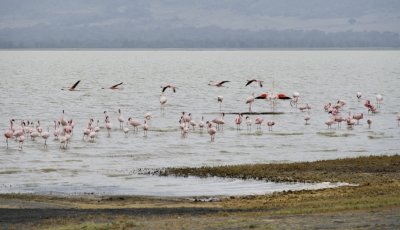
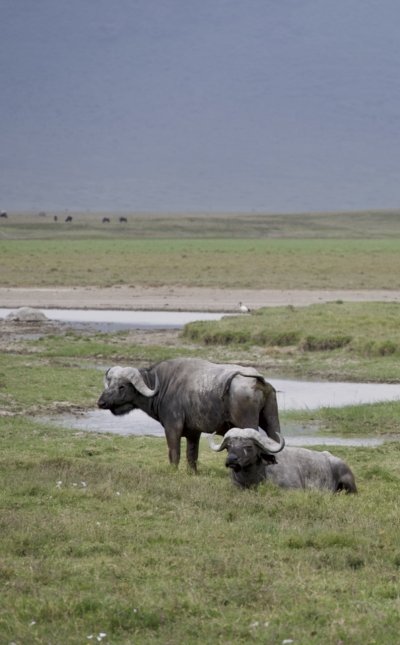
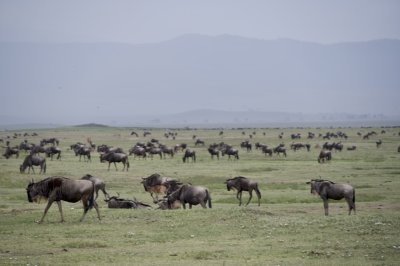
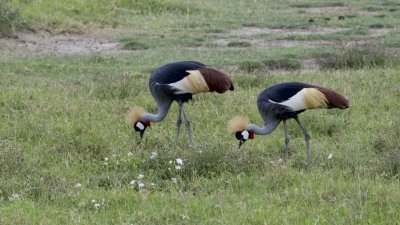
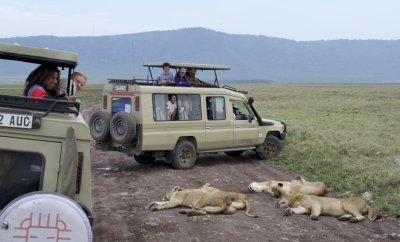
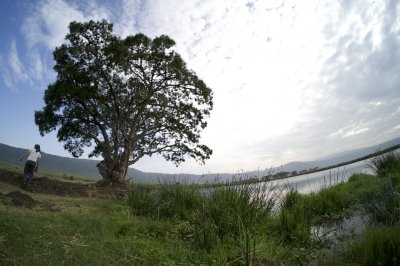
Thursday Feb. 23 – Oldupai Gorge and Serengeti National Park
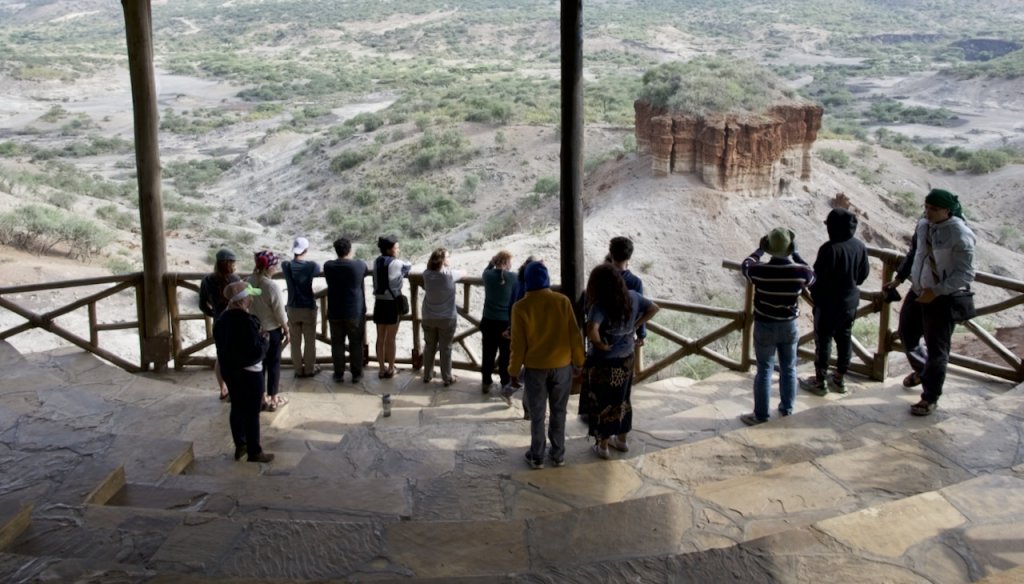
We left our amazing campsite on the rim of the crater to head for Oldupai Gorge, home to some of the oldest biped human fossils and footprints (dating back to ~ 3.5 mya). It is humbling to realize the many hominids and humans that have traipsed our earth, contributing to the rich story of the human experience. As we walked around the gorge, it was easy to find fossilized bones of ancient herbivores greater than 2 million years old.
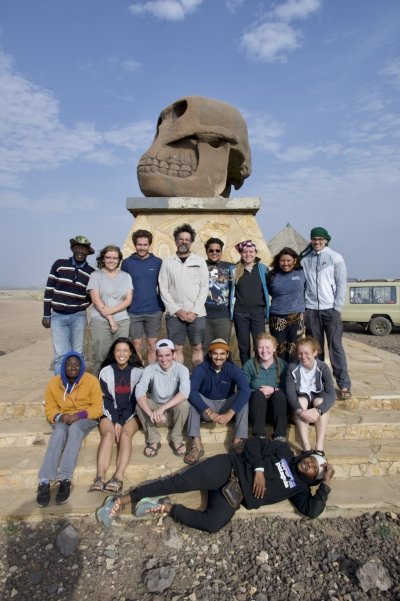
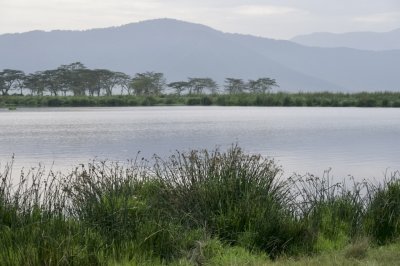
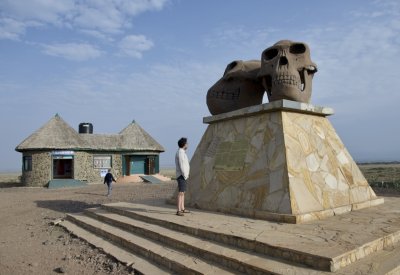
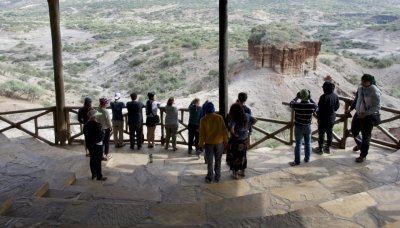
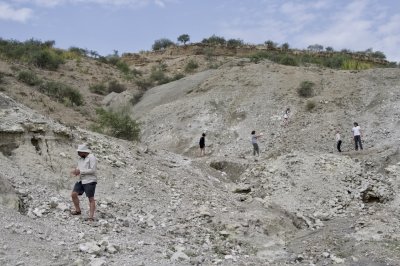
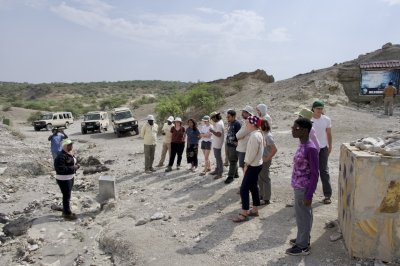
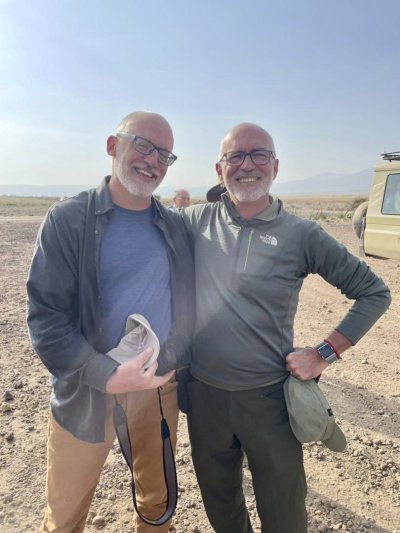
Thursday Feb. 23 – Friday Feb. 24 – Serengeti NP and Ikoma Cultural Centre
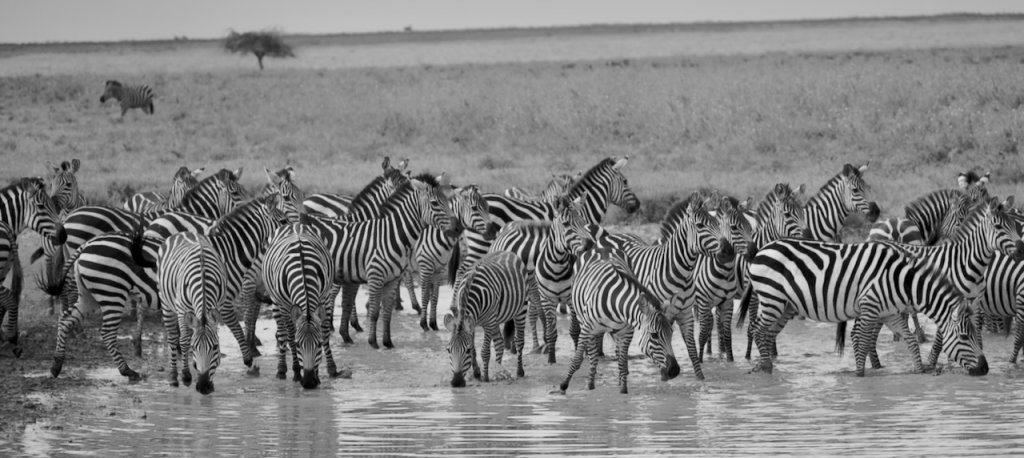
We entered the gate to the Serengeti National Park around lunch time on Thursday after leaving Oldupai. We arrived at our campsite by dark to the evening splendor of a hot meal – soup, fresh bread, spaghetti…. amazing after a day bouncing around in the land cruisers. The wildlife diversity and abundance we saw was stunning, including the Big5 (lion, leopard, rhino, elephant, and cheetah). Lions were abundant, with at least 30 viewed by our group.
In the morning we drove through more of the Serengeti on the way to our campsite out of the park, a cultural tourism venture called Ikoma Cultural Centre. We were welcomed with hot tea and peanuts, and soon thereafter dancing!
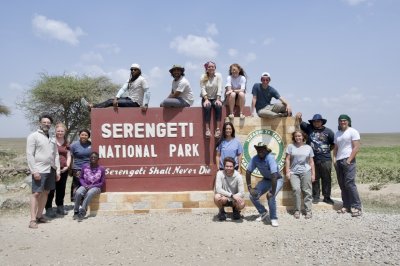
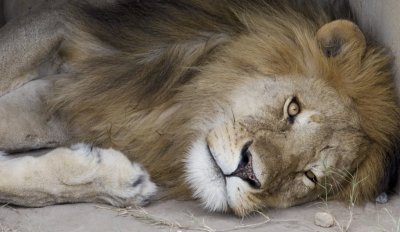
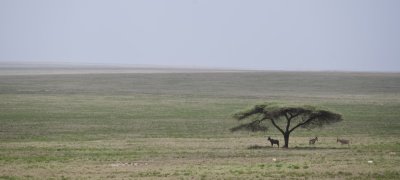
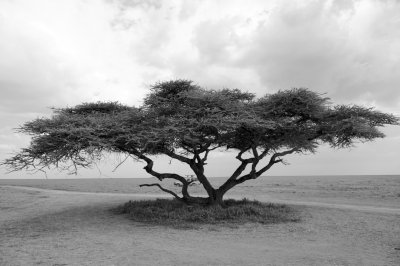
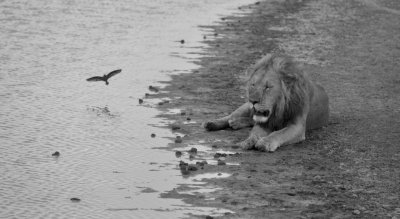
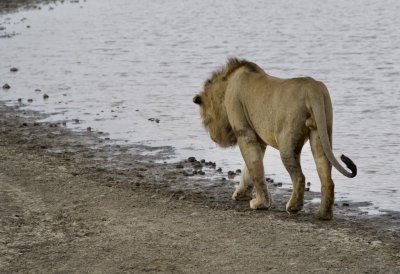
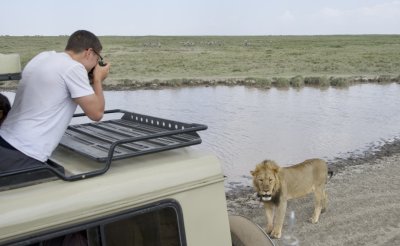
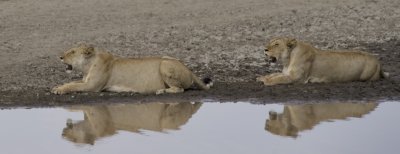
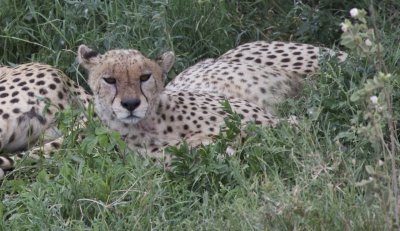
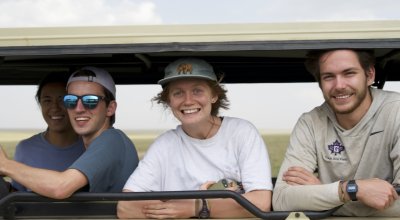
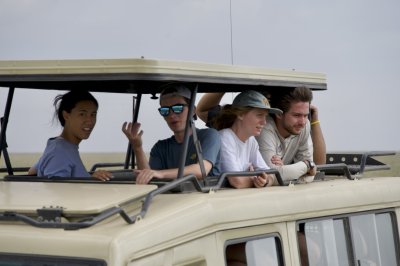
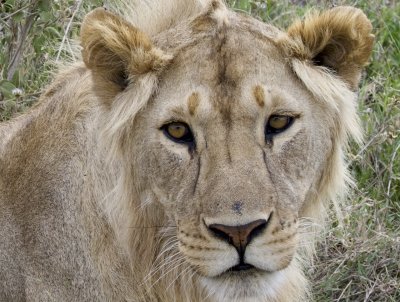
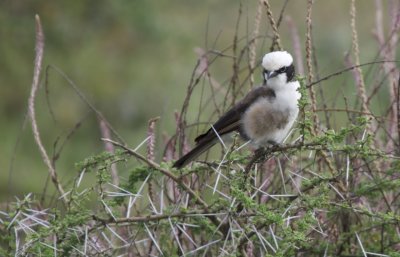
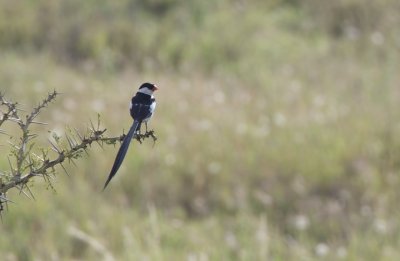
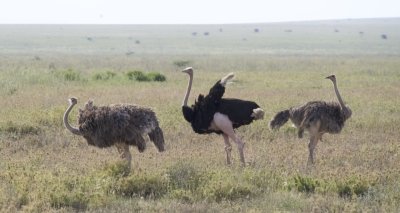
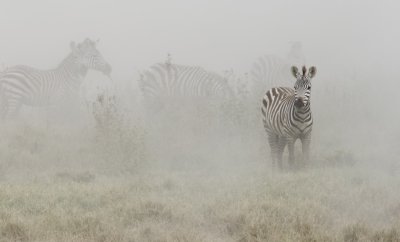
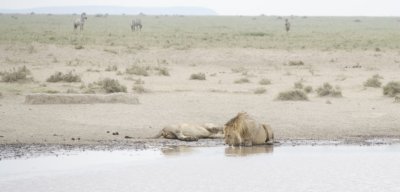
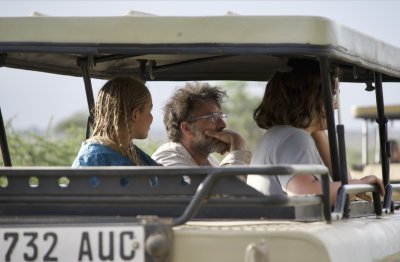
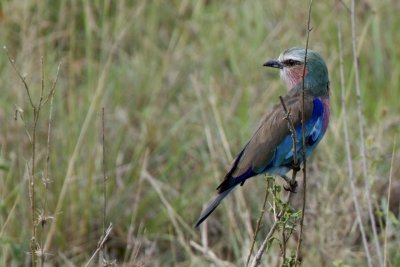
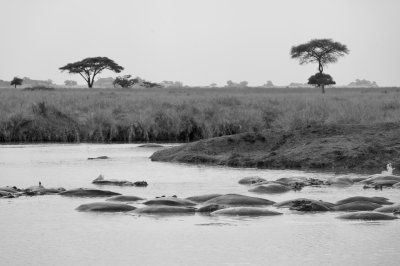
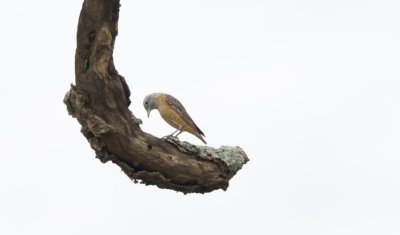
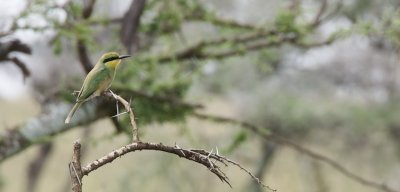
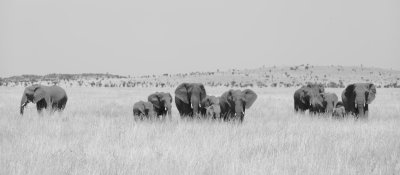
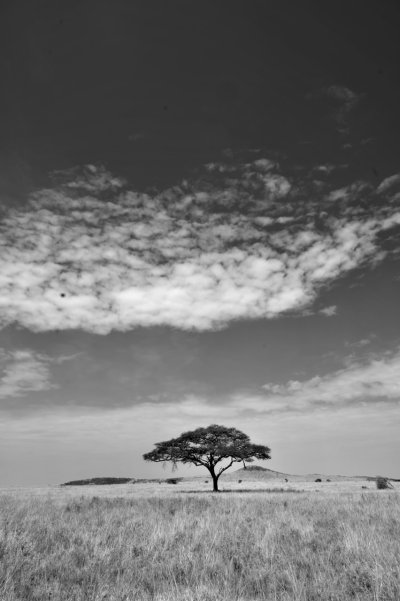
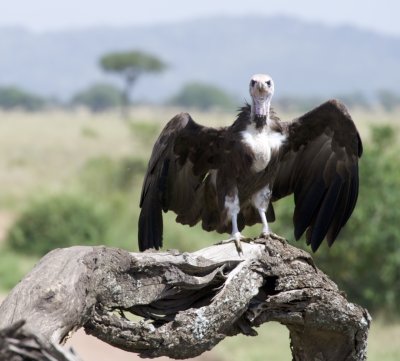
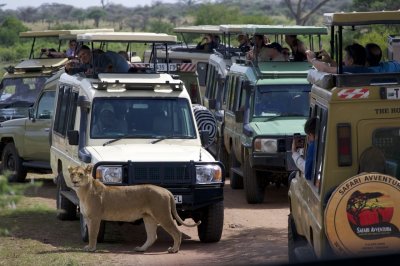
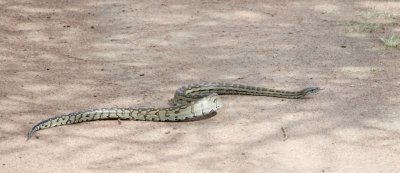
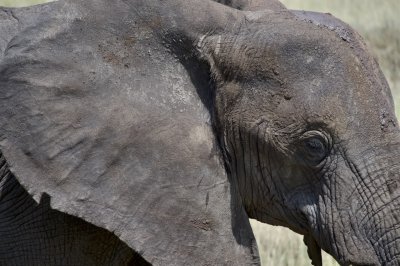
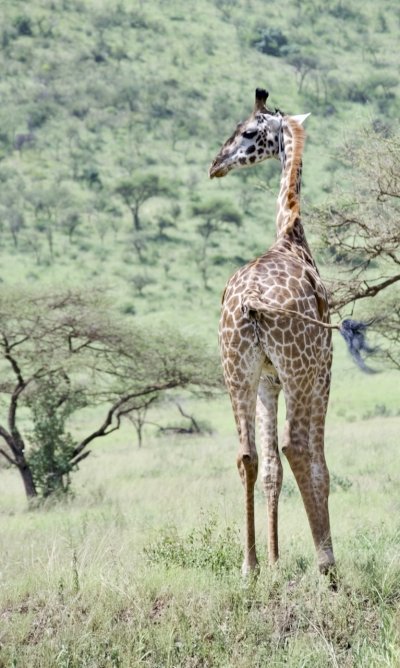
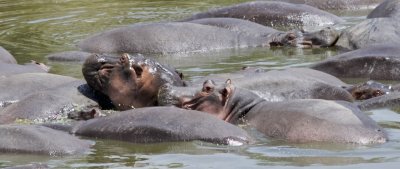
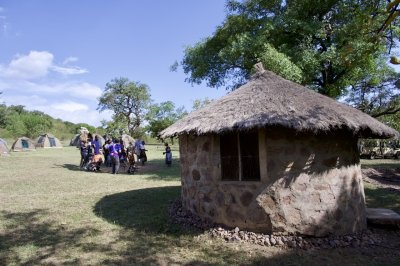
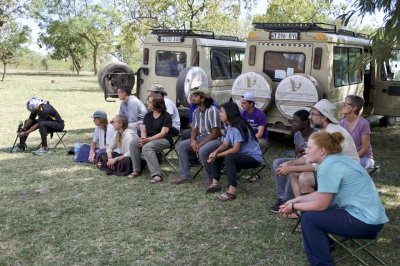
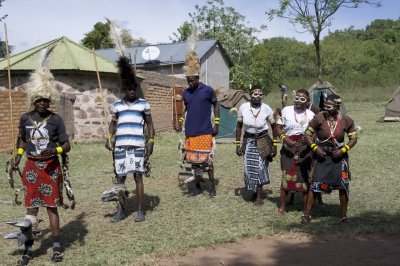
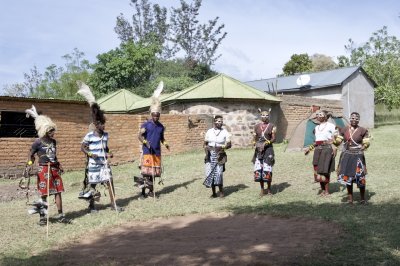
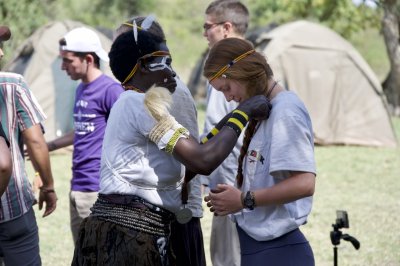
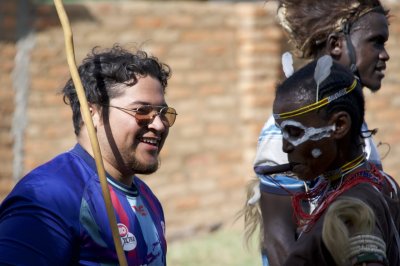
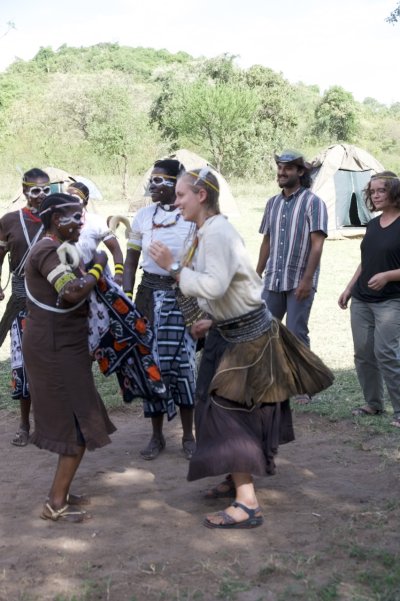
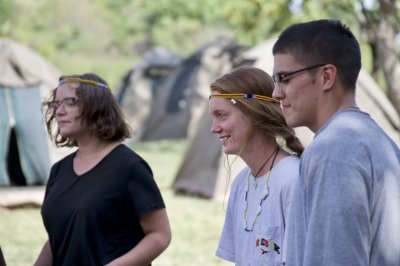
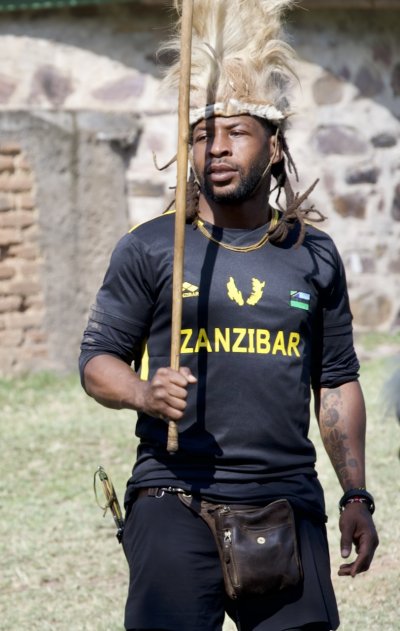
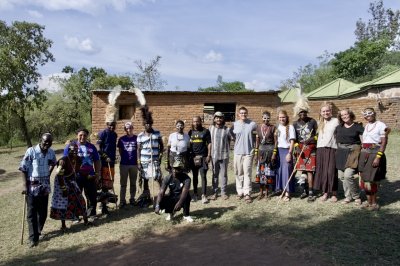
Saturday Feb. 25 – Grumeti Fund
On Saturday we awoke from our campsite at Ikoma and spent the morning with employees of the Grumeti Fund. This is a non-profit organization that seeks to support the local communities around Grumeti Reserve, a large hunting block that was set aside for conservation and includes a high-end ecotourism. We visited the environmental education center, a new research lab, and the Grumeti Fund offices. We returned for lunch and a relaxing afternoon, including some napping! We met in the late afternoon to process all that we had seen….. discussing the challenges and opportunities in supporting both human and ecological communities.
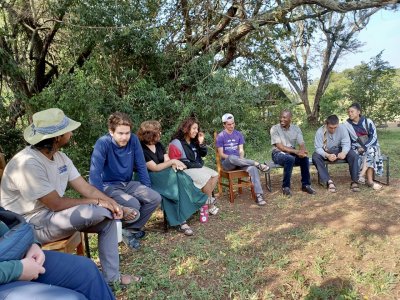
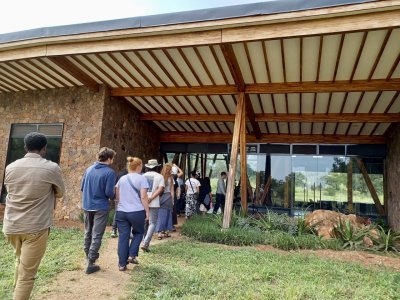
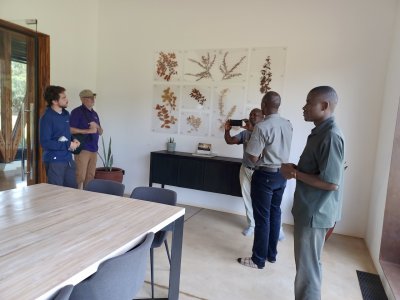
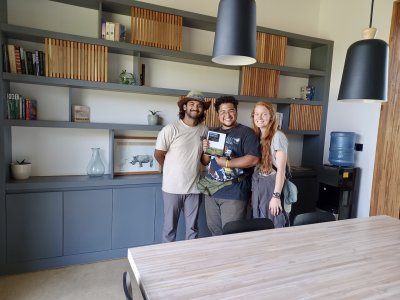
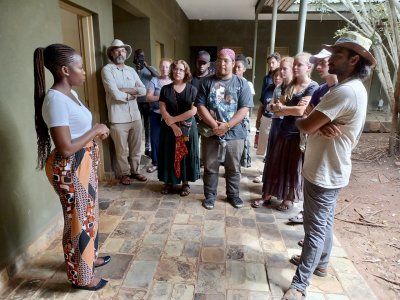
Sunday Feb. 26 – Mwalimu Julius Nyerere’s home in Butiama, Musoma
We broke camp early at Ikoma and the cars took us to Musoma, with a stop at the birth place of Tanzania’s first president, Julius Nyerere. We received a short tour of a government museum, in addition to the houses in which he was raised.
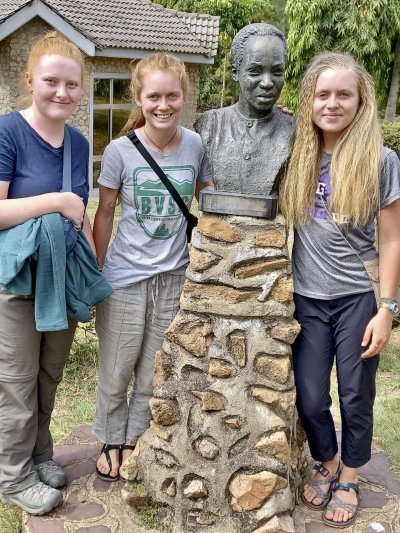
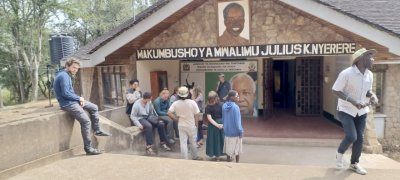
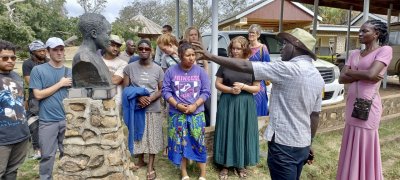
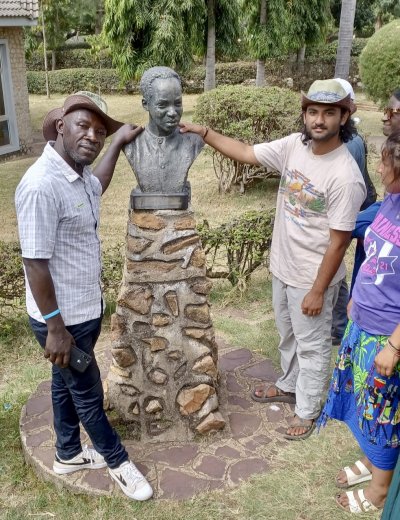
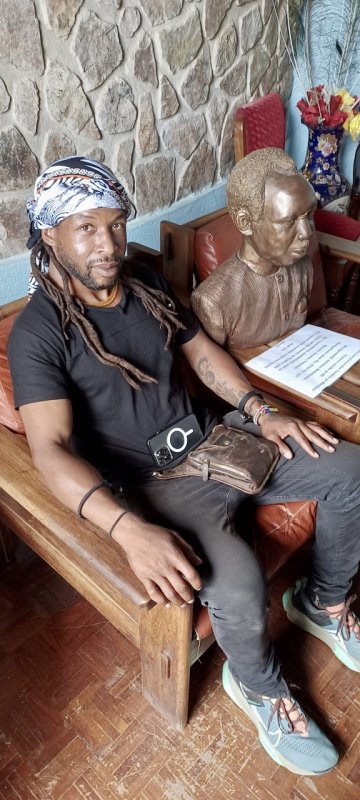
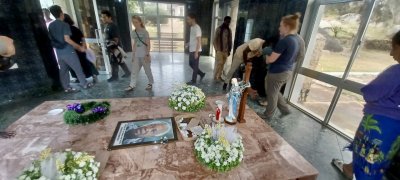
Monday Feb. 27 – Leave Musoma for host families!
The students began leaving the hostel in Musoma for their respective homes in the morning. The last team left for Shirati at around 8:00 p.m. It was a long day, but the students were excited to meet their new families and launch into the last half of SST!
